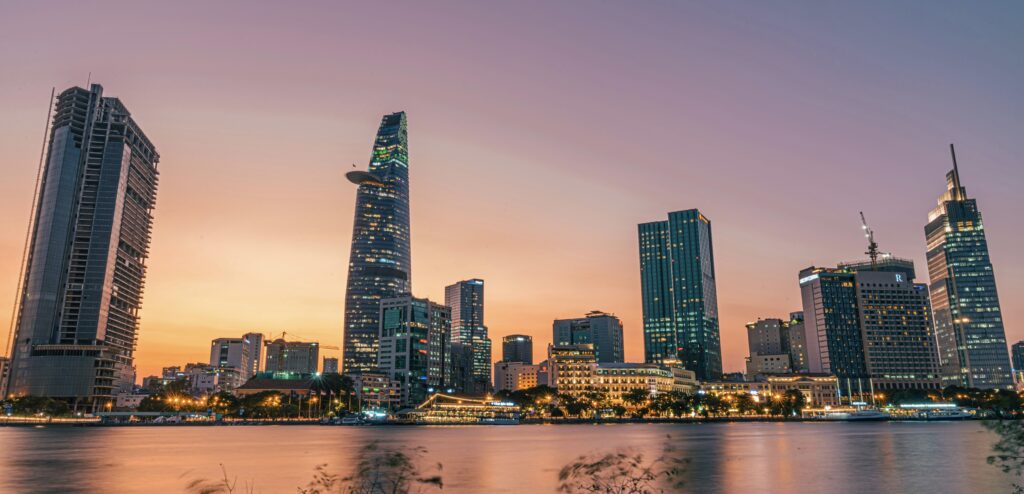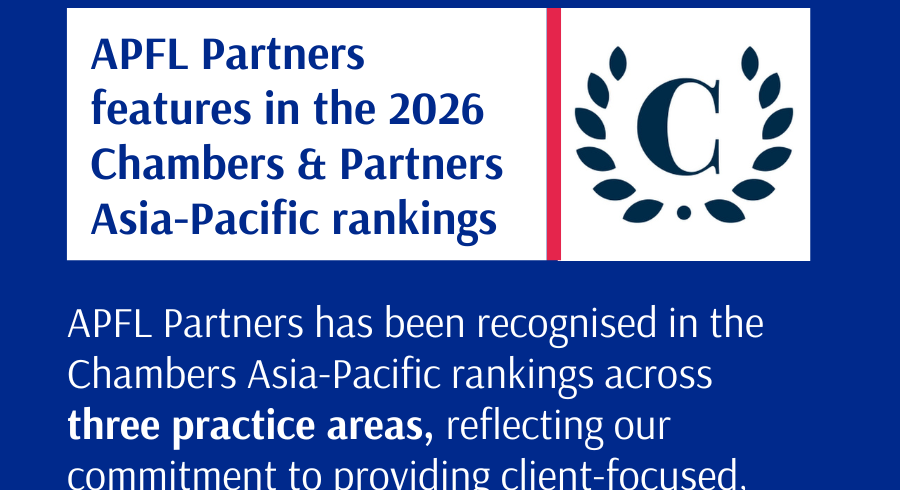Jobs Growth in HCMC but Infrastructure Concerns Remain

Over 60,000 new job vacancies were created in Ho Chi Minh City (“HCMC”) in quarter three of 2024. That represents a rise of 3.5 per cent compared to the same period in 2023, according to the latest statistics from the HCMC Center for Forecasting Manpower Needs and Labour Market Information (“FALMI”).
This percentage increase was even more pronounced in the engineering, electronics, IT, pharmaceuticals, rubber, and food processing sectors, where there were over 13,000 new vacancies – an annual increase of over 12 per cent.
The figures emerged from a FALMI survey of more than 19,000 companies in HCMC, which also found that the service sector saw a much smaller percentage increase in job vacancies. In total, there were around 46,000 new vacancies in healthcare, education, finance, banking, insurance, and credit – a 1 per cent rise compared to the same period in 2023.
VBF highlights FDI infrastructure concerns
However, logistics infrastructure and congestion at ports and airports servicing the southern metropolis and business hub remain a drag on foreign direct investment (“FDI”), according to a meeting of the Vietnam Business Forum (“VBF”) and the HCMC People’s Committee on 18 September.
Speaking at the Policy Dialogue 2024, the VBF Trade & Investment Working Group highlighted concerns about infrastructure in and around HCMC were holding back FDI, with common complaints including congestion on the road to Cat Lai Port and time-consuming, burdensome procedures at Tan Son Nhat airport. High logistics costs are also an issue relative to other countries in the region, with logistics costs in Vietnam around double the global average.
Tan Son Nhat is operating far above its original design in terms of passenger numbers, according to authorities, with the airport serving over 40 million annual passengers against its initial intended capacity of between 28 and 30 million. However, Terminal 3 is expected to be able to handle an extra 20 million annual passengers once it is completed. Meanwhile, the authorities also highlighted a future international port in Can Gio as part of the solution to infrastructure issues in the future.
The World Bank ranked Vietnam 47th out of 160 countries for its infrastructure in a 2022 report. Meanwhile, in 2020, the World Economic Forum positioned Vietnam 77th overall, with rankings of 103rd for road transport, 83rd for sea ports, and 103rd in air transport.
Since then, the Vietnamese government has invested billions of dollars in new and improved infrastructure projects – as we have covered before. However, as the VBF highlights, infrastructure needs to continue improving in order to facilitate the next phase of Vietnamese growth and investment.
Disclaimer: This article and its content are for information only and are not given as legal or professional advice. they do not necessarily reflect all relevant legal provisions with respect to the subject matter. Readers should seek legal or professional advice before taking or refraining to take any action.


